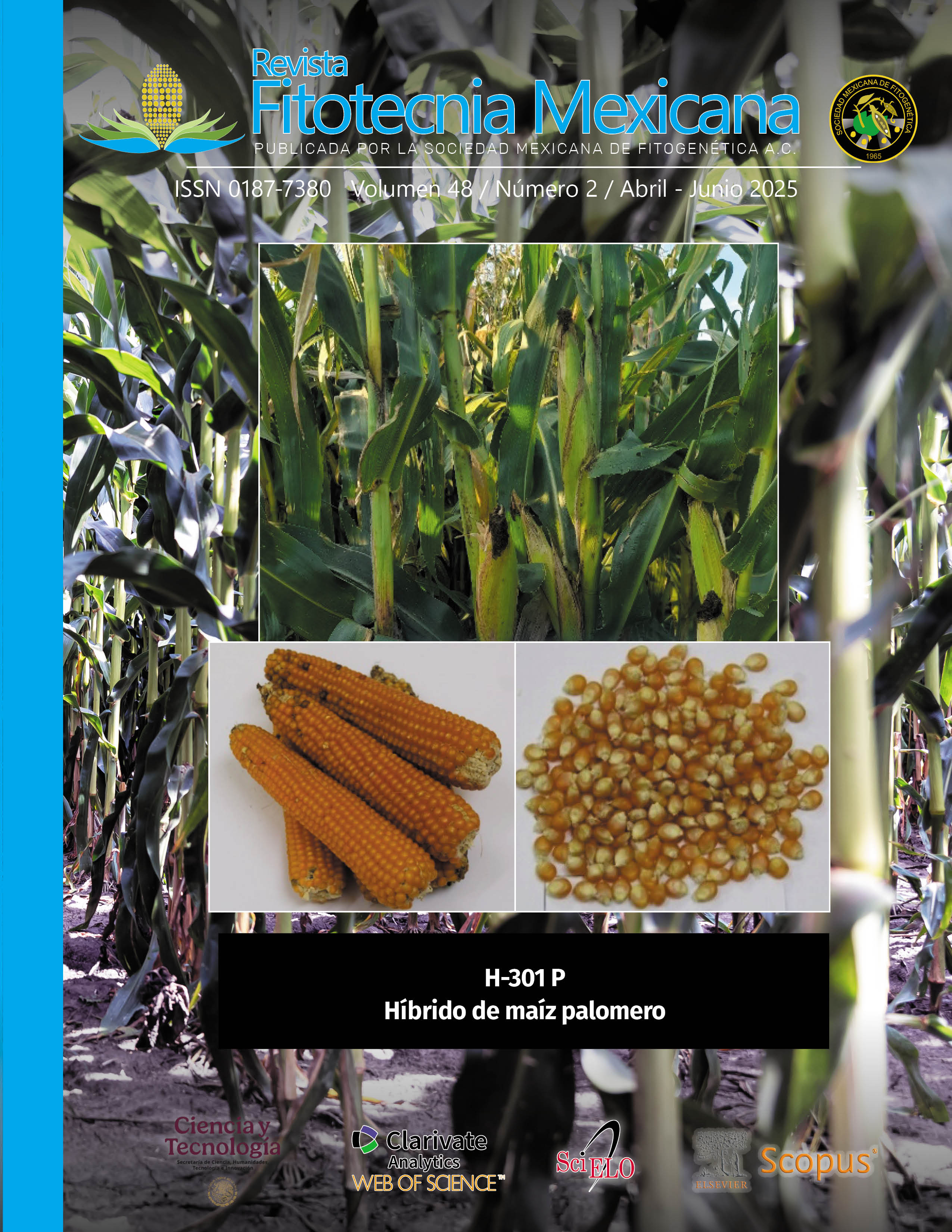PRODUCTIVE AND MINERAL EVALUATION OF TWO STRAINS OF Pleurotus spp CULTIVATED IN AGAVE BAGASSE AND MAIZE STRAW
Main Article Content
Abstract
In Mexico, a large amount of agave waste is generated, in which the use of white rot fungi is an alternative for its utilization. The Pleurotus genus has species with efficient degradation of lignocellulosic wastes and represents an important source of nutrients for human food by providing proteins, aminoacids, vitamins and minerals. The aim of this study was to compare productively two strains of Pleurotus spp. grown on agave bagasse and corn straw, as well as to analyze the mineral concentration of the fruiting bodies. The wild strain UG-01 (Pleurotus djamor) and the commercial strain BR.1 (Pleurotus ostreatus) were used for the study; these were inoculated on agave bagasse and corn straw residues as a commercial control, since this is the reference substrate in regional production. For pretreatment of the substrates, the alkaline immersion method with calcium hydroxide was used. The study variables were fresh weight, length and diameter of basidiomes and biological efficiency. Subsequently, the elements Na, K, Ca, Fe, Cu and Zn were analyzed by flame spectrophotometry. The highest fresh weight of basidiomes was presented in strain BR.1 grown on agave bagasse, with 52.7 g, compared to 49.1 g produced on corn straw. Strain UG-01 produced 27.1 and 25.2 g in agave bagasse and corn straw, respectively. In the basidiomes of strain BR.1 grown on agave bagasse and corn straw the mineral with the highest presence was K, with 5.6 and 7.4 g kg-1, respectively, while, in strain UG-01 in the same substrates the K content was 7.0 and 6.6 g kg-1, respectively. Strain BR.1 was the most productive and strain UG-01 the one with the highest mineral content, when both strains were grown on agave bagasse.

